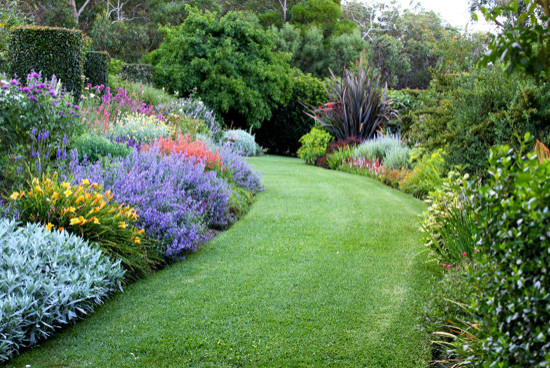Everyone can make a habitat garden.

Habitat gardens -The successful wildlife habitat garden must provide food, water, shelter and places to raise young. Native plants provide the foliage, pollen, nectar and seeds that many species need to survive.
In all geographic areas, plant, animal and insect species evolved together over millennia. They support each other and keep our natural world functioning and in balance. Introduction and spread of non-native plant and insect varieties have been systematically endangering our original, native
plants and pollinators. Pesticides further impact and destroy necessary areas for native plants and creatures to flourish. These factors contribute to what is known as habitat fragmentation in local ecosystems.
Everyone can make a habitat garden. We are trying to use material that is native to the state of New York and Connecticut. In particular, we are seeking a range of plants that should be planted in your new habitat garden. Some of these include:
- Columbine (aquilegia canadensis), the native red and yellow only
- Purple coneflower (Echinacea purpurea) both the purple and white varieties but not cultivars like "Little Kim"
- Black cohosh (cimicifuga racemosa)
- Joe-Pye Weed (Eupatorium fistulosum)
- Boneset (eupatorium perfoliatum)
- Culver's root (veronicastrum)
- Marsh marigold (Clethra palustris)
- NY Ironweed (vernonia noveboracensis)
- Obedient plant (physostegia)
- Solomon's seal (polygonatum)
Each garden promotes pockets and bridges that encourage plant and pollinator activities and sustainability. Habitat gardens can be as small as a well-planned container planting or as large as acres of purposefully planted meadow and everything in between. Some examples to get you thinking include a dedicated raised bed, curb planting, front or backyard bed that reduces lawn area, pollinator planting rows between rows of a vegetable garden, native flowering shrubs for a hedge, or a section of bee lawn. Using native plants and a variety of pollen- and nectar-producing flowers are beneficial.
Requirements for a certified habitat garden include at least three food sources for pollinators, two sources of shelter, one source of water, two areas for mating, bearing, and raising young, and two actions that help manage your habitat in a sustainable way. Reach out to your local pollinator.org team in your township for for more information contact Peter Atkins and Associates in Bedford/Pound Ridge, NY at (914) 234-0161 for help creating your native pollinator garden and landscape.